With the release of Luminar 4, it has become amazingly easy to replace a boring sky with something more appealing. You only need to pick the sky of your choice, and the artificial intelligence part of the program does an amazing job in masking out the sky and changing it into something else. But should you use it?
Replacing the sky in a photo has been possible since the dark ages of photography, or should I say, darkrooms of photography? Although it was a very difficult job back in those days, it has become increasingly simple to replace the sky in almost any photo. Now, you can do it with the click of a button.
Artificial Intelligence Sky Replacement
Masking the sky can be very difficult and time-consuming. At the end of 2019, Skylum released Luminar 4, with an artificial intelligent sky replacement option. It makes it possible to change a sky with just the click of a button. And it does a really amazing job. The program even changes the overall look of the image by adding a color cast that reflects the mood of the new sky. Now, anyone can do this, without the tedious work with layers and masks in Photoshop or similar programs.

I know, there were other programs available that could do a similar task, but it often required the user to tweak the result afterwards. On a lot of occasions, this is not necessary in Luminar 4. You can tweak the replacement nevertheless, making it almost impossible to see the manipulation — at first glance, that is. But I wonder, should you use this amazing possibility for your photos?
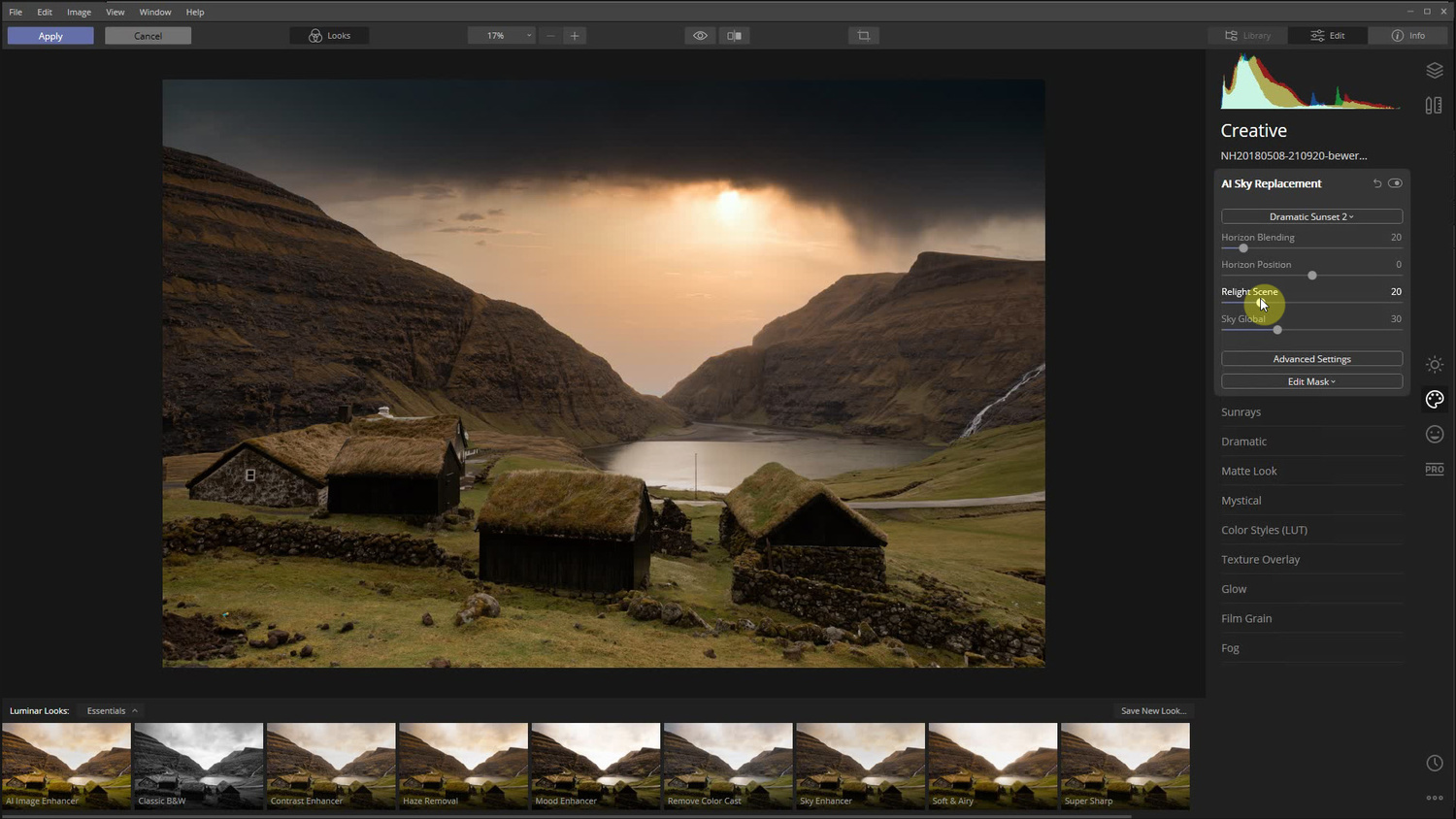
Some Results of the Luminar AI Sky Replacement
I have tried to perform some sky replacement for a small, almost random selection of landscape photos I took somewhere in the last two years. With exception of one photo, I used the standard skies that came with the program. It is also possible to choose a sky from a photo you made yourself. And this is a nice thing, because I have already seen the landscapes with the standard skies that appear on the internet. By shooting your own skies, it is possible to build your own unique library.
Let’s have a look at the manipulations I did in Luminar 4. The replacement sky in every photo is a standard available sky. It may not be the best choice, and you might have chosen a different one, but I think it shows what is possible.
I have to admit, Luminar 4 did an amazing job. For the last one, I even changed the position of the sun and added a few sunrays to hide the existing sunrays. Adding sunrays is another cool option Luminar 4 has to offer.
I have to admit, I did not put a lot of work into these replacements, and they might show some faults in the masking. Most are the result of just a click of a button and perhaps a small tweak to change the color of the landscape.
I also have some other examples. These are performed on one of the images in a bracketed series. I have added the original HDR result for comparison, just to see the difference and how it compares to the real thing. Perhaps it is not a fair comparison, but I wanted to see how they would turn out.

This is the original sky. The image is the result of merging three different exposures to capture the whole dynamic range of the landscape.
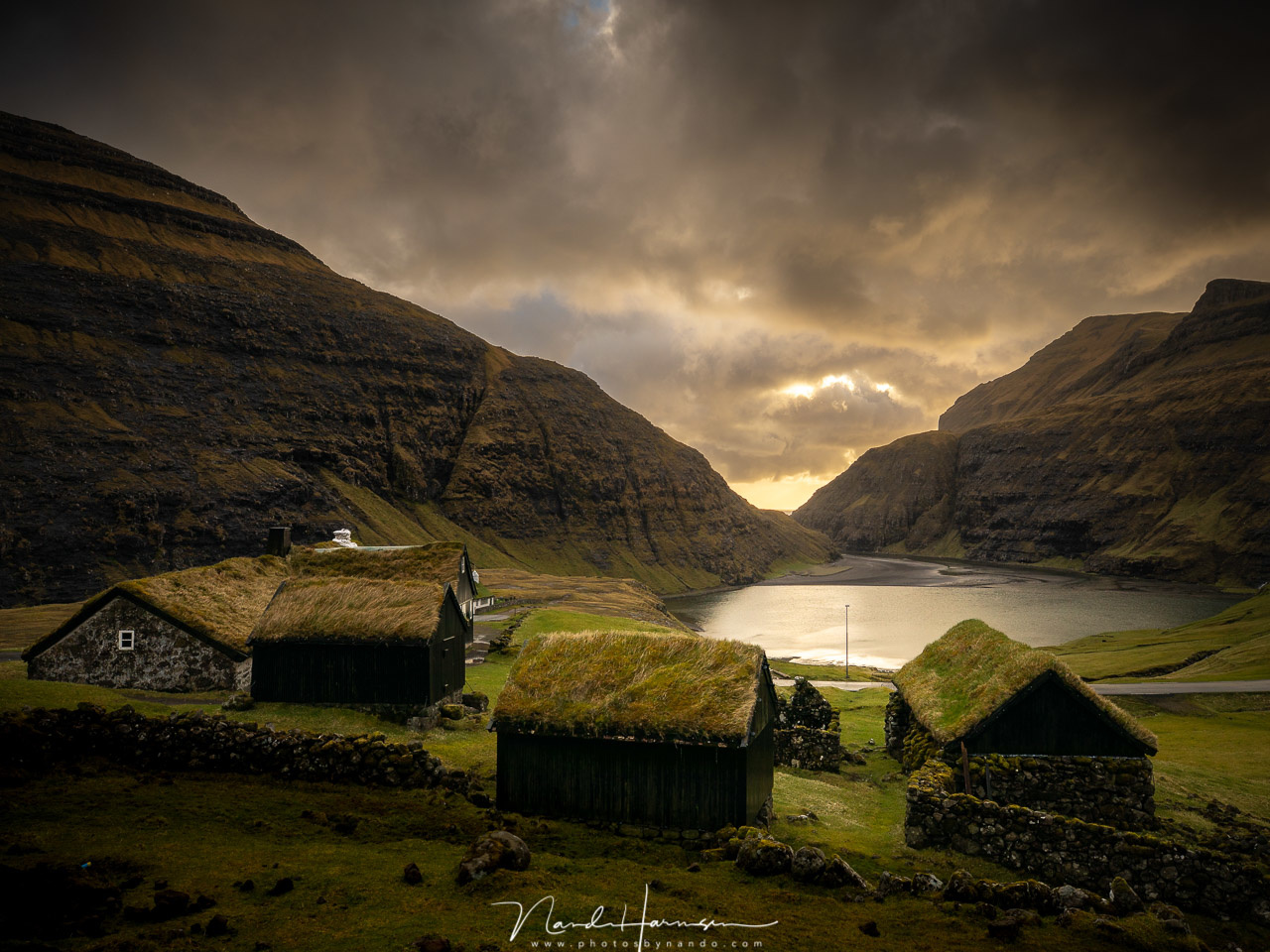
This is the original sky at the time of my visit. The image is a merger of five different exposures.
Should You Use Sky Replacement in Your Work?
I'm guessing you agree that the results are really good. Perhaps they can become even better with some more tweaking. But the main question is: should you start replacing skies to make your otherwise boring landscape photo more appealing?
My personal opinion about this sky replacement is simple. No, you should not use this often. It might make your photo more attractive, but it isn’t reality. You are manipulating the image instead of post-processing.
I also believe it will always be visible to the expert, because making it realistic is not easy. Although the sky is replaced with a click, you still have to check on the direction of light, shadows, and even reflections. And never use a standard available sky, because you don't want your image to become known as a photo with a Luminar sky.
For the best results, you will need to have your own, personal set of skies that are usable for these manipulations. By using your own sky, it is also possible to add it a second time as a separate layer to be used for the foreground reflections. This cannot be done with the set of skies that came with the program.
I have a quick example below, where I replaced the sky with one of my own sunset skies and used a separate layer with that same sky for the reflection. Although it is fun to do and gives reasonable results, I really do prefer the original image.
Although the results can be pretty amazing, I personally prefer going to a spot when I expect the light to become beautiful. That way, I will be able to capture the real thing instead. It might take a few tries, but it is more fun than just shooting a daylight picture with an overcast sky and replacing that sky with something else. Don’t you agree?
When Luminar AI Sky Replacement Is Very Welcome
There is one thing for which this kind of manipulation is very welcome. When photographing real estate, a boring gray sky is not very appealing to the customer. In that case, the AI Sky Replacement option in Luminar 4 is very handy. With just a single click, most of the work is done, leaving you to do only a few tweaks if necessary.
Final Word
I am not trying to prevent you from using the AI Sky Replacement option in Luminar 4. Not by a long shot. I only hope photographers will be honest when using this amazing option and not try to pretend it is the real thing when it is not. This counts for all kinds of photo manipulation, of course.
I do love the possibilities Luminar 4 has to offer with Artificial Intelligence Sky Replacement, and I will make use of it sometimes. But I won’t make a secret of it. And for real estate, it is more than welcome, making the workflow a lot easier.
What do you think about sky replacement? Would you use it for your photography, or have you already done so? I’m looking forward to reading you opinion about this in the comments below. And feel free to share your Luminar 4 AI Sky Replacement results.

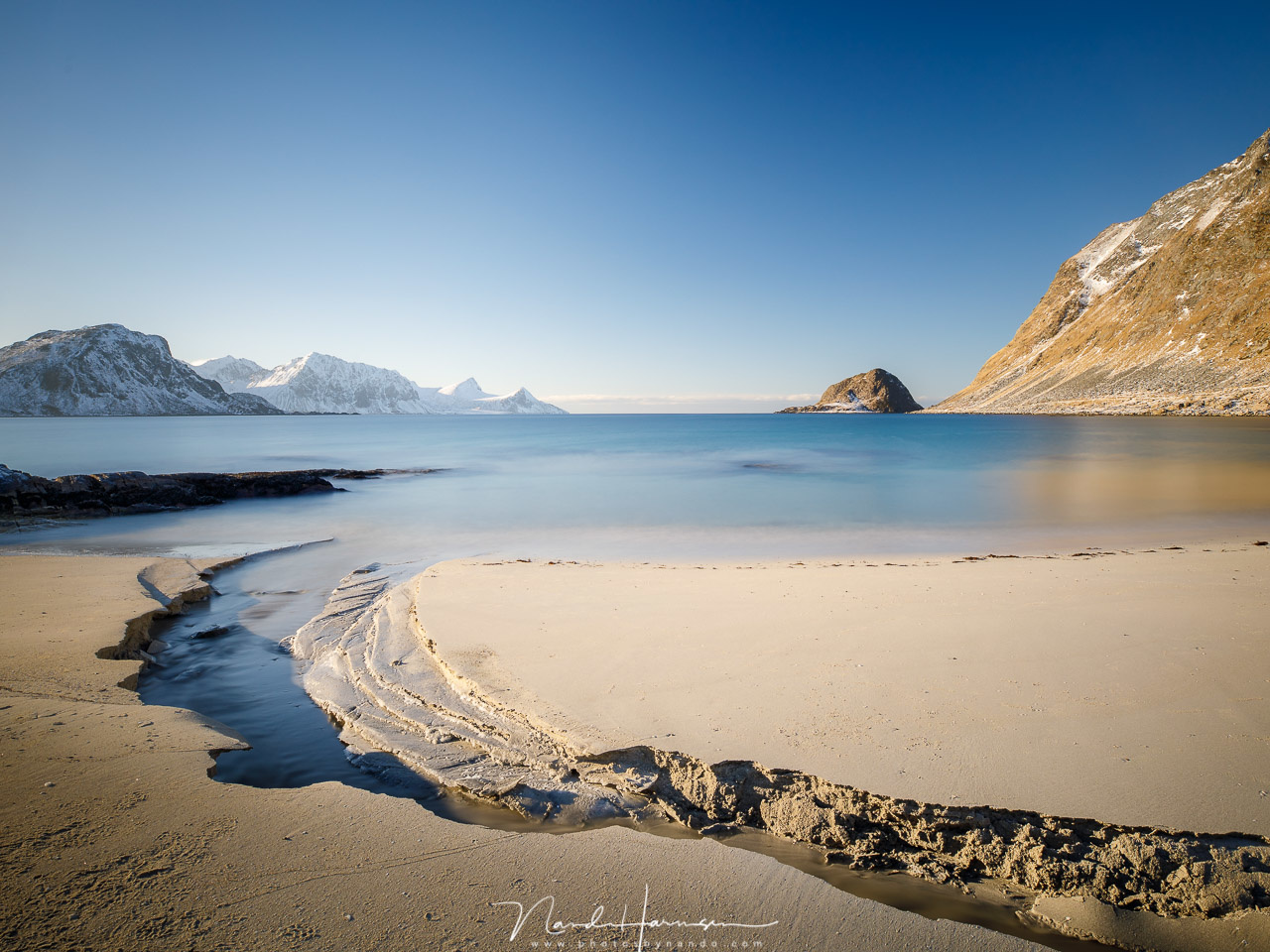

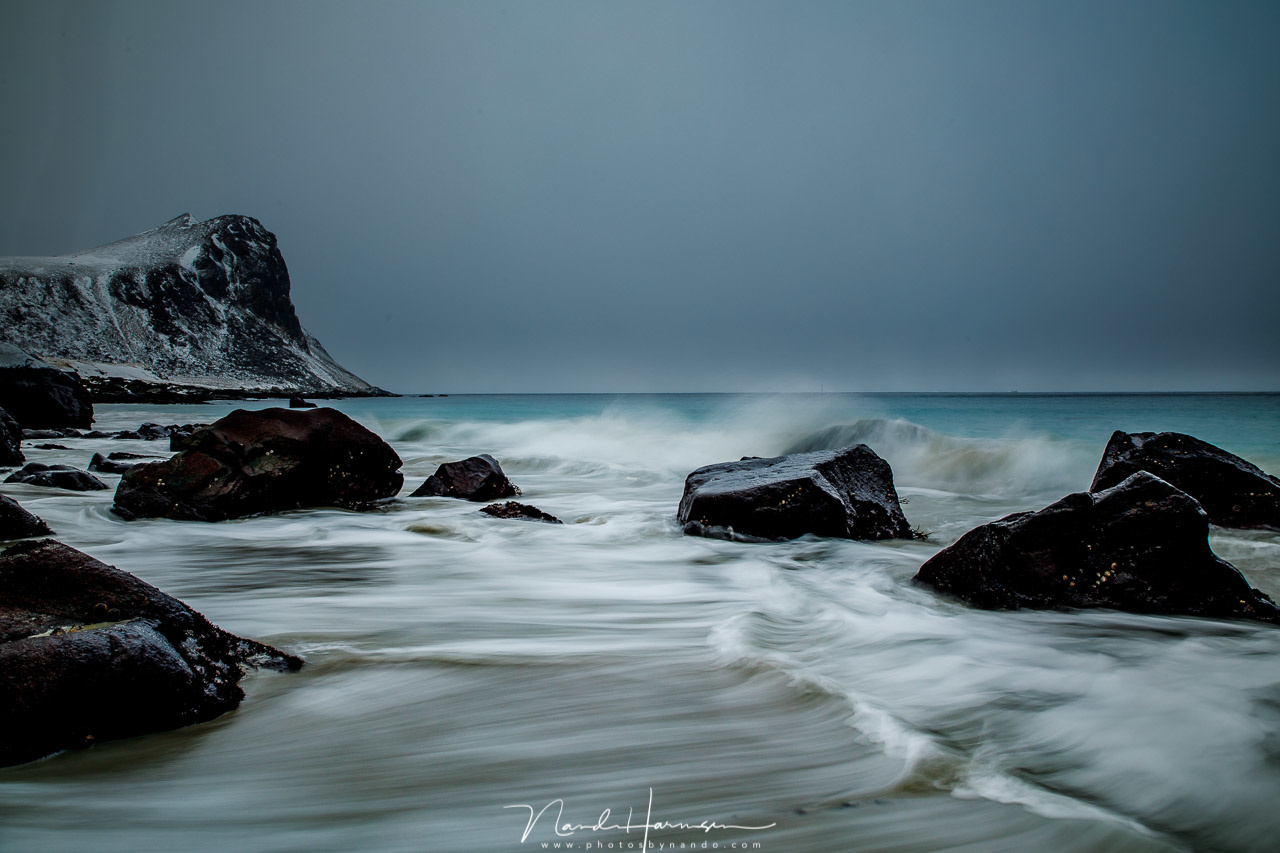






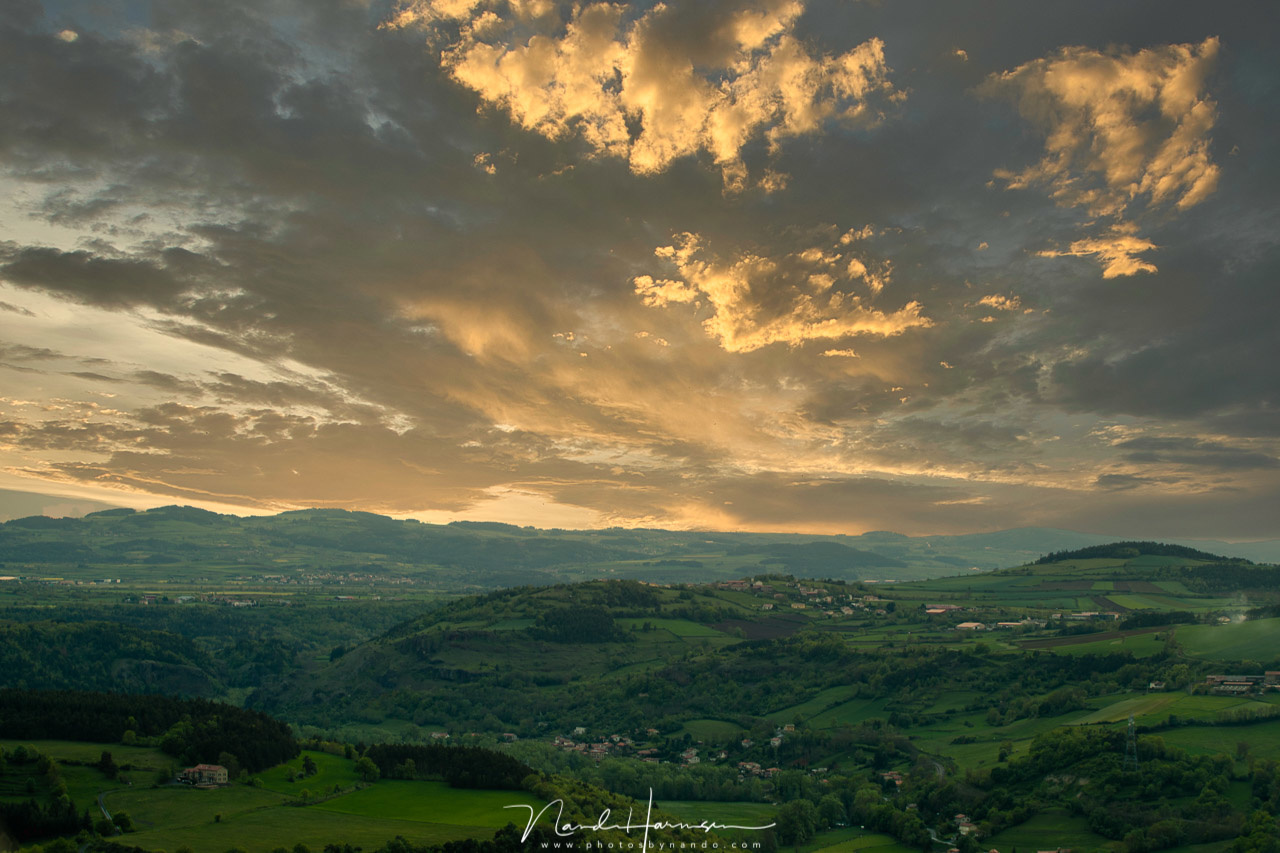

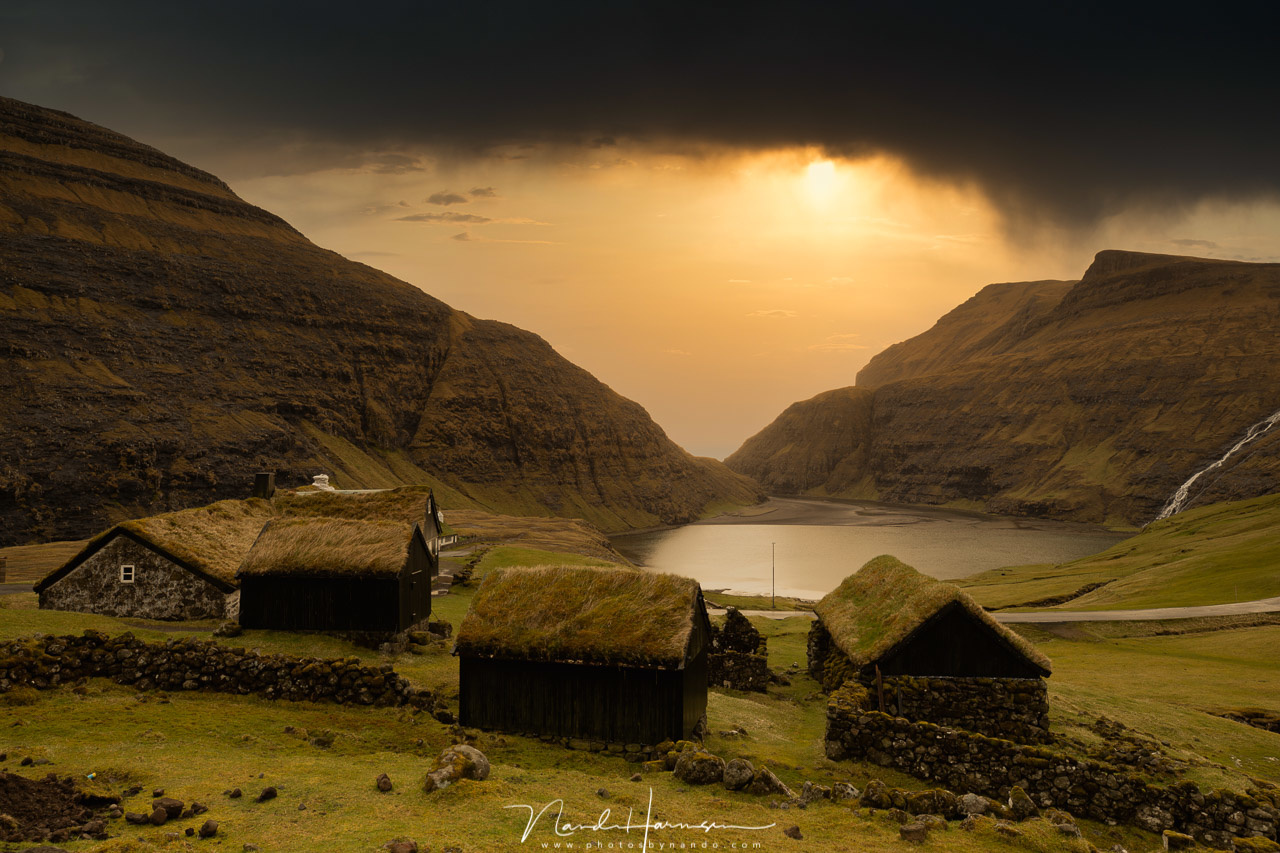










I have Landscape Pro and it’s not particularly clever at finding the sky. I think flat horizons work best. Anything tricky it’s clueless.
Luminar 4 maybe is better but unless it’s subtle it tends not to look right.
It’s almost a moral question especially if you are borrowing the softwares own skies. It’s not really your work anymore.
Nothing beats witnessing a great sky and capturing it. The skies in Lofoten are typically quite good to work with. It’s seems almost shameful to see a sky in Hamnoy being replaced. Great memories of staying in those red huts.
I do prefer the original. But I wanted to see if...
If anything its a lot of fun to play with the program.
It's great if you're a real estate photographer, or want your photos to look like you are. Otherwise I think it's just hokey as he11. As is calling a new edge-detecting algorithm "artificial intelligence".
Ok, I'm convinced, this is pure sh*t.
I think our brain perceives skies one way, and our camera sees them in another way. For example, our brain sees in HDR, but our camera does not (although, some cameras have an HDR setting now) So if we want to capture a light pastel sunrise or sunset with wispy clouds, our camera may struggle to capture those colors in a way that our printer or screen can reproduce. So we lean on computers to bring back what our brain perceived. Everything in moderation.
I am afraid this has nothing to do with preceiving the reality. If you want to do that, use HDR or filters, or something similar.
Actually their sky enhancer is more interesting than sky replacement. It did a better job in fine tuning the sky than capture one pro.
Sky replacement is fun, but not for me.
I'd love to see examples where the replaced sky is seen through a mass of tree branches and leaves. It's easy to isolate a clean, empty sky background, but much more challenging to do it through tree branches in winter.
It can be used reasonable well for branches, but not in winter. If the contrast is poor, the software makes miskates.
Thanks. I deal with these scenarios frequently so this may not be the program for me. I can do it by hand in just about two minutes and it may make sense to keep doing that.
I think it would work quite well. Do you mind if I give it a try?
The result in 30 seconds
That's very helpful. Luminar should put more examples like this on the site. 30 seconds beats two minutes any time, especially when you could be dealing with 4-8 exteriors for just one job. Thanks for providing this example.
I have since purchased Luminar and they are missing a HUGE opportunity in not better promoting their isolation techniques. It's truly magic. My current problem is that when I replace a sky with even a bright blue sky, the entire photo gets a weird ghoulish-green/blue color. But I'll figure out what's causing that.
for fine-art landscape or arty stuff this is horrible and tacky but holy crap when you have to do real estate this is perfect, people want something like this, a bit to much a bit tacky
A panacea for the lazy, rubbish or talentless photographer.
Dropping in a new sky is tantamount to a betrayal of why I photograph in the first place.
"Panacea" implies an effective treatment. Let's call this "snake oil".
But couldn't the same be said for ALL digital manipulation? Smoothing skin blemishes in a portrait for example. That is simply removing what WAS there in order to give the viewer the impression that it wasn't there / didn't exist. Which is a form of trickery. I kind of agree with you but wonder where lines should be drawn. I purchased Luminar recently on a trial and I must admit to feeling very troubled by its capabilities. Not sure I will keep it after the 30 days are up.
It's tough to argue that sky replacement is different than the heavy handed pp that's done on the overwhelming majority of photos on this site and other photography sites. The amount of saturation, vibrance, dehaze, clarity, clone stamping, and filters used is comical. Unless of course you're making "fine art" and then it's all just 'artistic liberties' 😏
Seriously though, outside of documentary or journalistic photography, do we really expect to, or even want to, see something "real"? Pretty sure the consensus is just give me something beautiful to look at.
I have used Sky Replacement in Luminar 4 but I stopped using it. As mentioned, overuse becomes noticeable and creating your own is good advice.
Even better; try to be at the site when a magnificent sky is there.
I've been using it to replace skies with artistic, non-sky backgrounds that I create, which is a medium I've played with for a while and the new Luminar makes the process much quicker. I would hope that people know it's not real, haha. I'd hate to have to put a disclaimer that the sky in Rome is, in fact, not an abstract painting. :)
I would never do this on a personal photo. I prefer my photo memories to be real, not faked.
A lot of my business is real estate photography. The sky replacement feature on Luminar 4 saves me hours of Photoshop masking. I use only my own sky photos, and I have a sizeable library. In my part of the world, overcast skies are omnipresent for half the year. (The other half of the year, the winds will blow your camera off the tripod!) I've found that almost any attempt to replace the sky results in the sky color infiltrating the non-sky part of the photo, and erasing the mask over the not-the-sky area is quick and easy for the most part. Thank you Luminar4, for making my life easier.
Sky replacement in Photoshop often is a piece of cake. When using mask blending options it is often faster and easier compared to Luminar, and much more flexible because of the more extensive masking options.
After playing around with Luminar, I do prefer Photoshop for sky replcaments.